butterfly and hummingbird gardens.
peachymomma
17 years ago
Related Stories
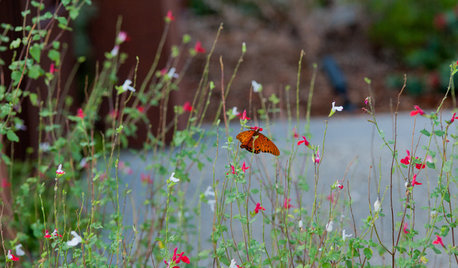
EARTH DAYCreate a Container Wildlife Habitat for Hummingbirds and Butterflies
Don’t let limited space prevent you from welcoming wildlife into your garden
Full Story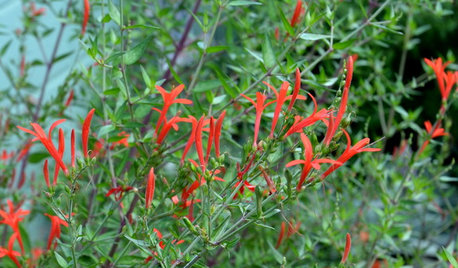
FLOWERS AND PLANTSFlame Acanthus Attracts Butterflies and Hummingbirds All Summer Long
Texas native Anisacanthus quadrifidus var. wrightii peps up drought-tolerant gardens with its dark orange flowers
Full Story
GARDENING GUIDESAttract Hummingbirds and Bees With These Beautiful Summer Flowers
Roll out a welcome mat for pollinators to keep your landscape in balance and thriving
Full Story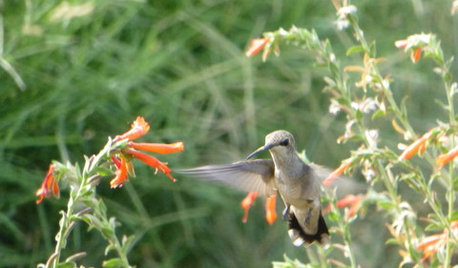
GARDENING FOR BUTTERFLIESGreat Design Plant: California Fuchsia Brings Color and Hummingbirds
Set this summer perennial up in a dry and sunny spot for blazing orange or red blooms into fall
Full Story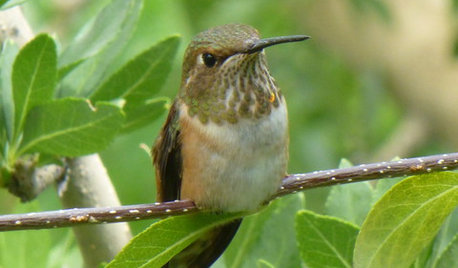
GARDENING GUIDES8 Flowers That Hummingbirds Adore
To draw those mesmerizing little birds to your garden or doorstep, plant these flowers that are attractive in more ways than one
Full Story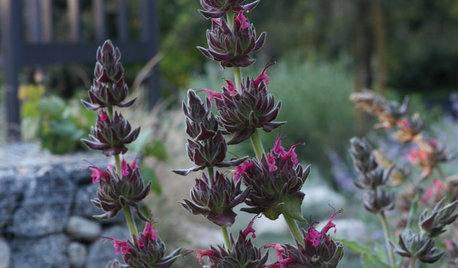
FLOWERS AND PLANTSHummingbird Sage Lures Wildlife With Its Sweet, Fruity Fragrance
This native California ground cover thrives with little water on grassy slopes, under trees or in patio containers
Full Story
GARDENING GUIDESBackyard Birds: Invite Entertaining Hummingbirds Into Your Garden
Hummingbirds — unique to the Americas — zip through open landscapes seasonally or year-round. Here’s how to attract them
Full Story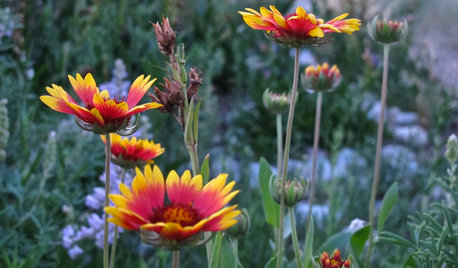
GARDENING GUIDESThese Hummingbird-Attracting Native Plants May Surprise You
These flowers, vines and shrubs offer shelter and food supplies that keep hummingbirds around longer
Full Story
FLOWERS AND PLANTSHelp Monarchs and Other Butterflies by Planting Common Milkweed
Summer-blooming Asclepias syriaca is an important larval host plant for the monarch butterfly and attracts a number of pollinating insects
Full Story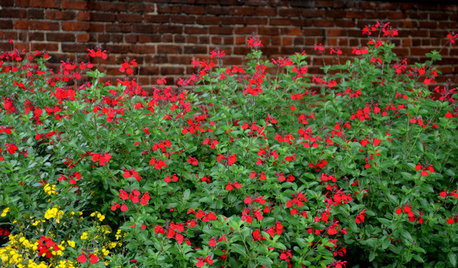
GARDENING GUIDESGreat Design Plant: Autumn Sage Brings Color and Butterflies
Whether you live in the arid desert or the humid South, you'll likely find this deer-resistant beauty as irresistible as winged creatures do
Full Story


Okiedawn OK Zone 7
peachymommaOriginal Author
Related Discussions
wanted sensory garden seeds or butterfly garden
Q
hummingbird butterfly garden layout recommendations
Q
What plants do you suggest for a butterfly/hummingbird garden?
Q
Newbie to Butterfly & Hummingbird Gardening
Q
Okiedawn OK Zone 7
steffieok
susanlynne48
okiegardener
peachymommaOriginal Author
Okiedawn OK Zone 7
steffieok
Okiedawn OK Zone 7
Lisa_H OK
peachymommaOriginal Author
susanlynne48
okiegardener
cdewall
susanlynne48
bizydiggin
Okiedawn OK Zone 7
bizydiggin
Okiedawn OK Zone 7